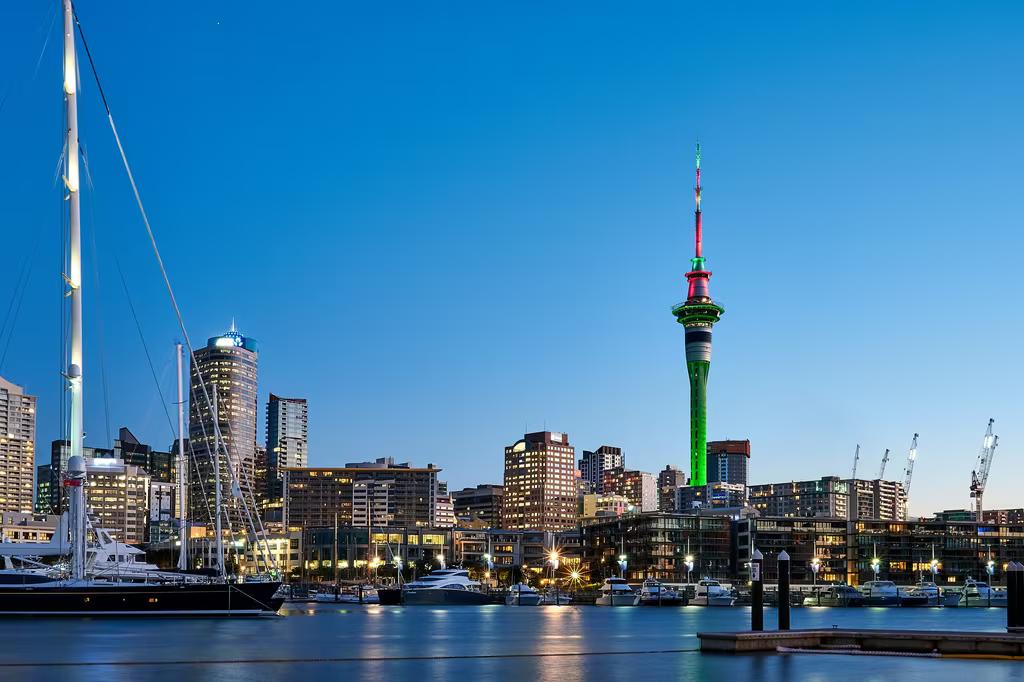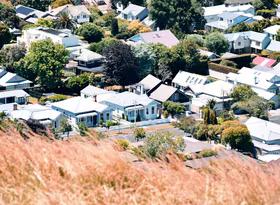
Finding patterns in domestic migration
This article explores recent patterns in domestic or internal migration between 2021 and 2022 using a new dataset from Stats NZ, exploring potential factors that shape the flow of Kiwis throughout the country.
The article was originally meant to explore how those flows had changed from 2019, pre-pandemic. However, some initial probing into the data showed that fundamental patterns hadn’t changed all that much. This fact suggests that perhaps the factors influencing domestic migration are simpler, and more fundamental, than one might expect.
The administrative population census
Stats NZ has been working on the experimental administrative population census (APC) as part of their census transformation programme. The APC uses administrative data from the Integrated Data Infrastructure (IDI) to create census-type information. Although the APC is currently an experimental dataset, one day it could replace or reduce the need for a traditional census. The recently released third iteration of the APC includes estimates up to 2022, while traditional census data is limited to 2018. New to the third iteration of the APC is a dataset on internal migration between territorial authorities – the focus of this article.
Nearer is (usually) dearer
At a high level, the data indicates that when people move from their town (territorial authority or local board area), they favour moving within the same island.
In 2022, 379,000 people in the North Island had moved from their town the prior year. Of these people, 349,000 (or 92%) had moved somewhere else within the North Island. Similarly, 77,500 people in the South Island had moved from their town in 2021, 55,000 (71%) of which relocated within the South Island.
Connected cities keep people in the region
However, the data also indicates that different levels of conurbation (number of connected large towns or cities) and transport connectivity across New Zealand have a major role to play in influencing where domestic migrants choose to live.
In 2022, Auckland, Canterbury, and Wellington saw the largest proportions of people moving towns within the same region (see Table 1). Looking at outflows from Auckland, 76% of people who relocated from their local board (LB) area in 2021 remained within the Auckland region in 2022. Similarly, 53% of people who moved from their territorial authority (TA) in Canterbury in 2021 remained in the region in 2022, and 47% of people who moved TA in Wellington Region remained in the region.
Regions which saw a high proportion of migrants remaining in the area appear to be characterised by a strong connectivity between urban zones within the region. For example, people who moved within Wellington Region in 2022 to Wellington City were largely from Lower Hutt and Porirua, which have significant populations and are well connected to central Wellington. Similarly, there were large flows between Christchurch City, Selwyn District, and Waimakariri District, which collectively form Greater Christchurch.
This pattern can also be understood in its reverse; areas with a small proportion of people remaining within the region tended to be those with poor inter-city connectivity. The West Coast, Northland, and Otago had the lowest levels of intra-regional migration. Each of these regions has a primary urban area, and either a step down in size or a geographic barrier to secondary urban areas. This means that there are limited options to move to another town of similar scale, or to move town and commute to maintain work and social connections. For example, Greymouth is the primary urban centre of the West Coast and the next largest town (Hokitika) has half the population. Whangarei in Northland, and Dunedin in Otago, play similar roles as the primary urban areas of their respective regions.
Regional connectivity makes the difference
Looking at outflows from Auckland, 94% of people who relocated from their local board (LB) area in 2021 remained within the North Island in 2022. Of those 193,900 people who moved from their Auckland LB, 81% remained within the Auckland Region. The next most popular regions for Aucklanders remaining within the North Island were Waikato (6.3%), Northland (3.7%), and Bay of Plenty (3.1%).
Northland, Taranaki, and the Bay of Plenty also had a high proportion of people moving to a different region within the same island. Taking Taranaki as a further example, 89% of people who moved from their TA remained within the North Island. Although many people remained within the Taranaki region, there were large flows to Auckland, Waikato, and Manawatu-Whanganui, with these nearby regions having stronger attraction compared to, say, Northland or Wellington, which are further afield.
These domestic migration figures show a clear bias towards geographically close regions, if possible. Although the reasons for this bias are hard to say for sure, there are several potential factors. Firstly, the barriers to moving are simply lower for geographically close regions - moving services are cheaper, migrants can drive rather than fly, and return visits to visit family or friends are easier.
Job market similarities in geographically close regions may also keep people close to home; for example, someone with a skill-set suited to the primary sector that currently lives in Taranaki will have an easier time finding a job in Waikato compared to Wellington. Interconnected cities are also likely to share housing markets, with similar house prices within regions, making housing within a region more substitutable.
South Islanders more likely to move up north than vice-versa
Select regions saw an especially high rate of migration to a different island in 2022. These were Marlborough1, Otago, Nelson-Tasman, Canterbury, Southland, and Wellington. Most South Island regions generally had a high rate of migration to the North Island, likely reflecting worse inter-regional connectivity down south, and a more diverse range of large urban centres available up north.
Nelson-Tasman and Canterbury are also both characterised by relatively easy access to the North Island, with the former being close to the inter-island ferry terminal, and the latter hosting a sizeable airport. For the same reasons, Wellington has good access to the South Island.
With strong student populations in Dunedin and Christchurch, it is also not surprising that flows from Otago and Canterbury would be comparatively more far-reaching. Young people are probably more likely to seek a different lifestyle and less likely to prioritise being close to family.
An even closer look
Overall, this dataset reveals some intuitive, but nonetheless informative results around domestic migration patterns. The table below allows you to explore these patterns at a TA level. Notably, Dunedin and Queenstown-Lakes (both Otago Region) show the highest rates of moving to a different island in 2022, affirming our speculations that a young population and solid airport connectivity would boost inter-island migration. Carterton and Stratford Districts showed an especially high proportion of people moving TA’s within the same region, evidence that inter-city connectivity (Carterton being close to Wellington, and Stratford being close to New Plymouth) encourages intra-regional movement.
1 Marlborough and Gisborne show a rate of 0% of intra-regional movement. This is because these are unitary authorities, meaning that movement out of the TA also counts as movement out of the region.


















